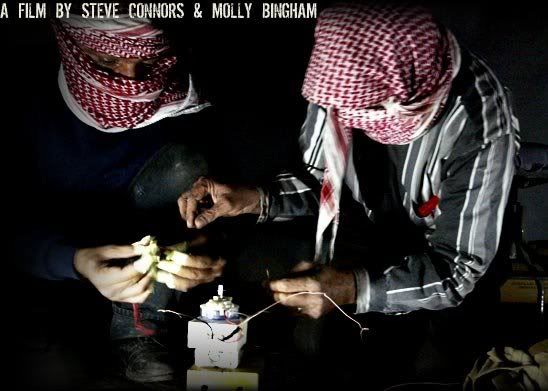 Meeting Resistance: A film by Steve Connors and Molly Bingham
Meeting Resistance: A film by Steve Connors and Molly Bingham
MEETING RESISTANCE is a verité-style non-fiction feature-length film set in the streets, alleyways and ubiquitous teashops of the Adhamiya neighborhood of Baghdad. It enters the physical and psychological heart of the "insurgency" against the American occupation. Photojournalists/directors Steve Connors and Molly Bingham spent ten-months among the insurgents there to create this exclusive, unique, and at once horrifying, compelling and insightful film about their lives, motivation, and goals.
MEETING RESISTANCE focuses on eight "insurgents", each with his or her own tale and reasons for opposing the American-led occupation, yet all people who within days of the fall of Baghdad were arranging themselves into resistance cells, finding the money and weapons to fight against the American military. The film witnesses how they began to organize themselves, reveals why they have decided to violently oppose the occupation of the country, and hears in their words the underlying ideological foundations to their fight and how and why those have changed over time.
MEETING RESISTANCE is a fascinating journey through a tumultuous period with diverse members of the Iraqi resistance. Their personal stories as well as their ideological ones are at once dramatic, eye-opening, and concerning - and they challenge the notion that those opposing the occupation are simply "dead enders," "common criminals," "Al-Qaeda operatives" and "die-hard Ba'athis."
Directors Steve Connors' and Molly Bingham's unsurpassed access and visually stunning cinematography makes this film a one-of-a-kind; essential viewing for audiences around the world concerned with a deeper understanding of the current situation in Iraq, and with the human condition of resistance.
THE CHARACTERSThe Teacher
In his late forties is married with three children. This quiet, philosophical man is active in the resistance. Never a member of the Ba'ath party - which he loathed - he is a family man who has devoted his life to teaching. During the fighting around the Abu Hanifeh mosque in Adhamiya on April 9th and 10th 2003 The Teacher helped out by guiding foreign volunteer fighters through the backstreets of his neighborhood. He was shamed by their willingness to fight and die for Iraq while most Iraqis - especially the Ba'ath party members - failed to stand in defense of the country. The Teacher described his pre 2003 war life as secular. However after a brief period of 'shock' after the war he joined an Islamic group and began working with them as a weapons procurer.
The Wife
With a husband and two sons involved in fighting the Americans The Wife lives in a permanent state of poverty and fear. She doesn't know whether they'll all come home and when they do she has little to put on the table. In addition to being a wife and mother she also works in the resistance as a courier carrying messages and sometimes weapons between groups.
The Wife is Shi'a.
The Traveler
Left home when he was just a teenager to fight alongside the Palestinians, and did so for the next twenty years. Although a long-time member of the Ba'ath party, he quit in the mid 1990's because of political corruption at the district level. The Traveler is now too old to do much in the way of actual fighting in Iraq but his skill and experience - honed in the years of fighting a guerilla war against the Israelis - are very much in demand. He works as an organizer, strategist and consultant to a number of resistance cells in Baghdad and the provinces.
The Traveler is Shi'a.
The Fugitive
A young man in his mid-twenties. Before the US led invasion he had deserted from the Iraqi army but later volunteered to fight in the resistance. After receiving training in Ramadi he became the commander of a small squad of fighters operating outside of Adhamiya.
The Warrior
A former special-forces officer in his mid thirties, he was one of twenty-three survivors of a 1,000 man strong suicide unit sent to Kerbala and Najaf to put down the Shia insurrection in 1991. Having successfully completed their mission the twenty-three survivors returned to their Baghdad base only to be charged with dereliction of duty - for surviving - and sentenced to death. Their sentences were commuted to life in prison on appeal. The Warrior was released 3 1/2 years later during a general amnesty having suffered extreme torture. While his experience bred in him a great hatred of the Ba'ath party, Saddam Hussein's reputation as a leader remained untarnished. After his release he refused to return to the military though they sought him - but when Iraq was invaded in 2003 The Warrior re-joined his old army unit. When the initial fighting was over he slept for a couple of days then started his own resistance cell. In addition to organizing, training and leading his own group, he works with other groups as a roving consultant.
The Republican Guard
A career officer who served right up to the end of the US invasion in the elite Republican Guard formation of the Iraqi Army. As a mid-rank staff officer the Republican Guard witnessed the collapse of the army and the regime from the inside. As the fighting at Baghdad airport came to a close his commander ordered the officers to carry out suicide attacks. Instead they chose to go home in order to perhaps fight another day. The Republican Guard is in his early thirties, married with children. He is Sunni, married to a Shi'a woman.
The Imam
A young, thoughtful family man who was jailed under Saddam on suspicion of being a Wahabi - a charge that he denies. The Imam worked as a shopkeeper before becoming a junior Imam at a mosque. He studied the Koran - passing the required tests - in order to take up a position as head in his own mosque. The Imam calls for Jihad against the occupation believing there is no choice but to do so, as it is prescribed in the Koran and the teachings of Mohamed. Although he denies any direct involvement in the movement, he provides spiritual guidance to his congregation on the subject of Jihad and its 'correct implementation'. He understands and reflects on the inherent conundrum - the fact that he believes that he must preach Jihad in spite of the damage that the fighting inflicts on the country.
The Imam comes from a mixed Sunni-Shi'a family.
The Syrian
A young man from small town Syria who answered the call to Jihad that came from his local mosque. Having persuaded his family to give their blessing he volunteered through the mosque. After testing The Syrian's determination his Imam put him in touch with people who would facilitate his entry into Iraq. Once in Iraq he was taken under the wing of an Iraqi fighter who provided him with 'on-the-job' training and a place in a community of like-minded people.
The Syrian is Shi'a.
The Professor
A lecturer in political science at Baghdad University, The Professor is a native of the western Iraqi city of Falluja. In 2003 he undertook a research project in his hometown to identify and analyze the make-up and structure of the resistance movement in that area. By attending funerals and interviewing the families of men who were killed fighting against coalition forces, The Professor was able to learn about the backgrounds and motivation of those who chose to fight. Adhamiya has strong tribal, social and economic ties to Falluja and the results of The Professor's research were in line with the discoveries made in the course of the making of Meeting Resistance.
The Lieutenant
A junior officer in the paramilitary Fedayeen Saddam, The Lieutenant fought with his unit at Baghdad airport and in the Adhamiya district in early April 2003. In his mid-twenties, he comes from a family with a long history of Iraqi military service. Parts of his unit reconstituted at the end of April 2003 after purportedly receiving orders in a letter from Saddam Hussein.
http://www.meetingresistance.com





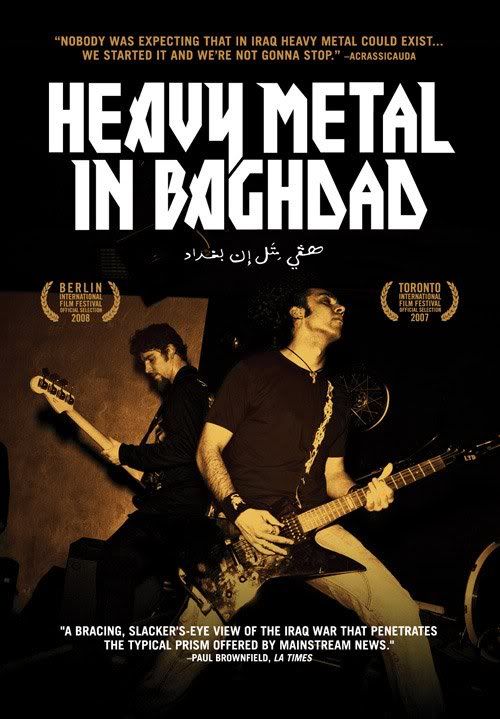


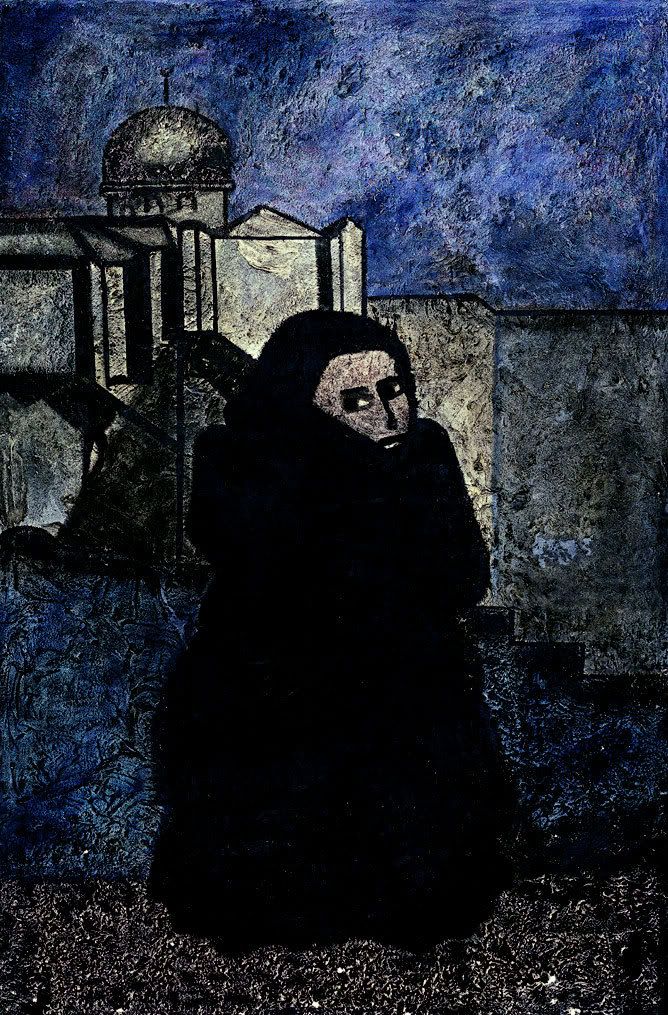
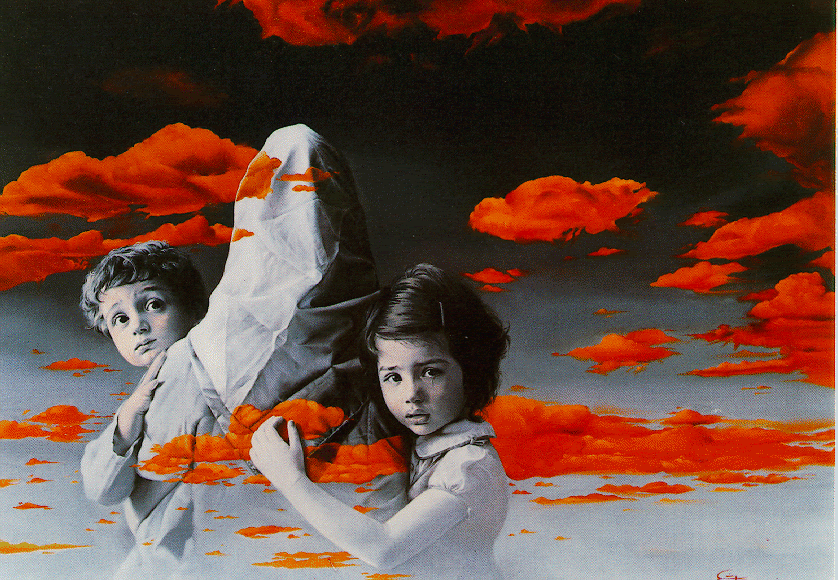
![Exhibition: Lure of the East: British Orientalist Painting, Tate [London]](http://i195.photobucket.com/albums/z291/johnlknight/LureoftheEast.jpg)
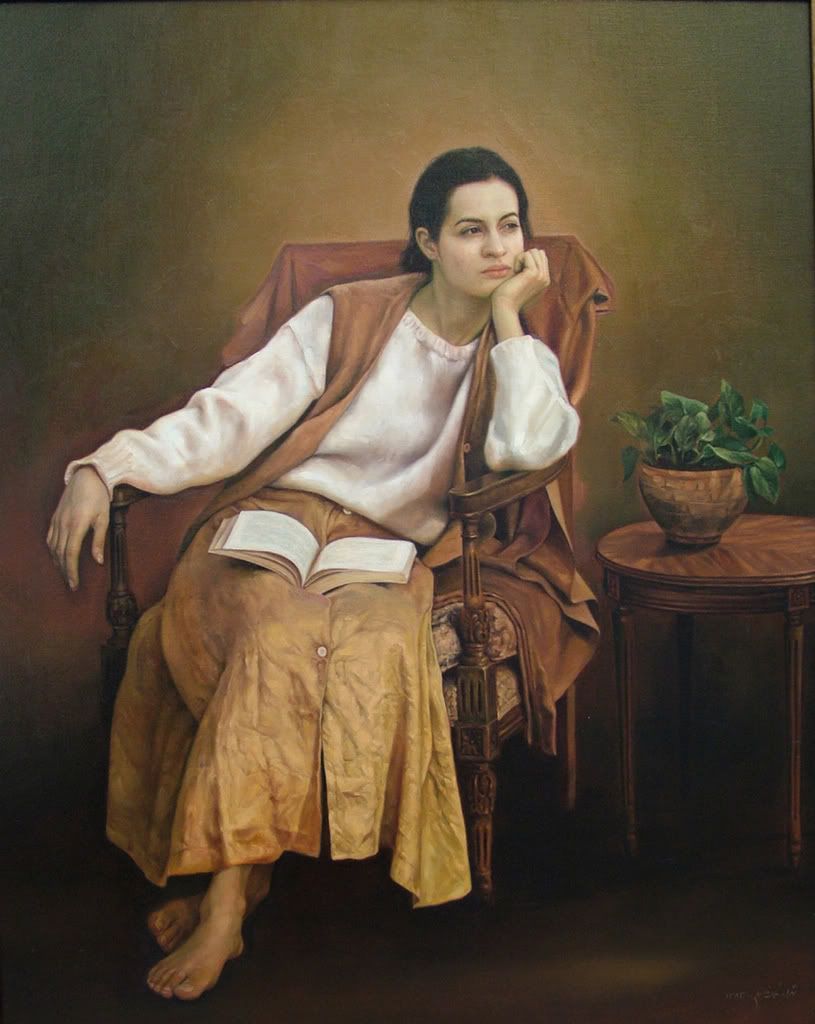
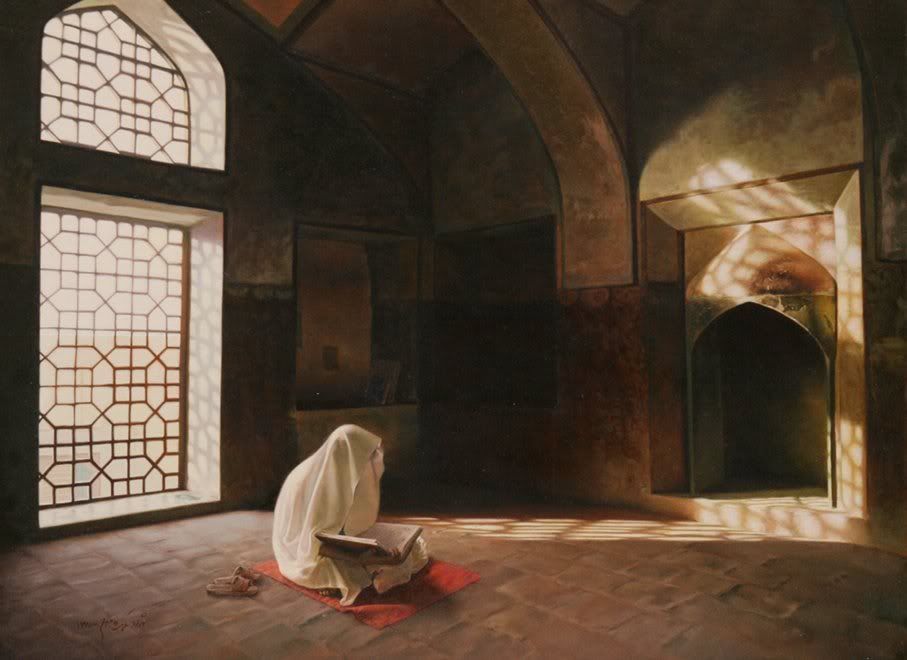
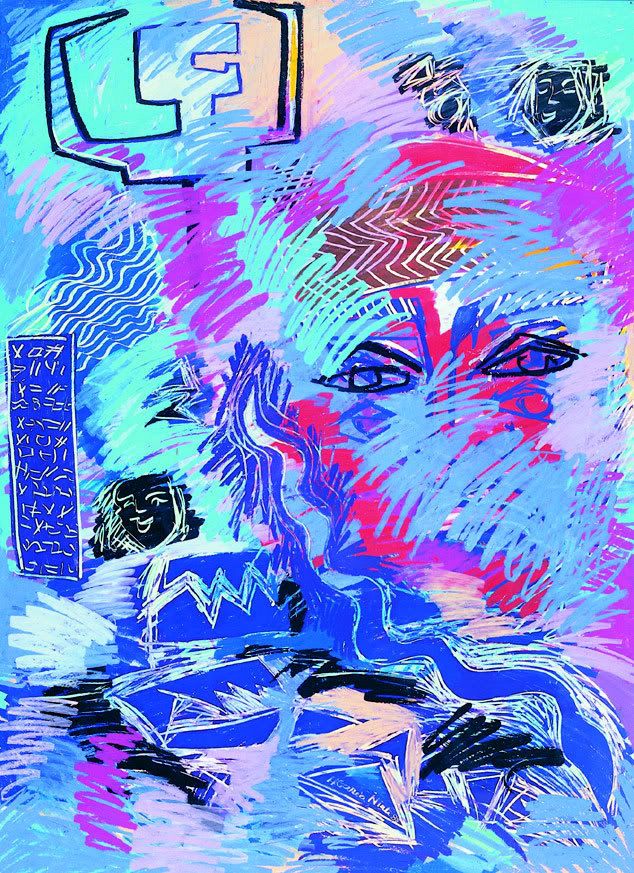
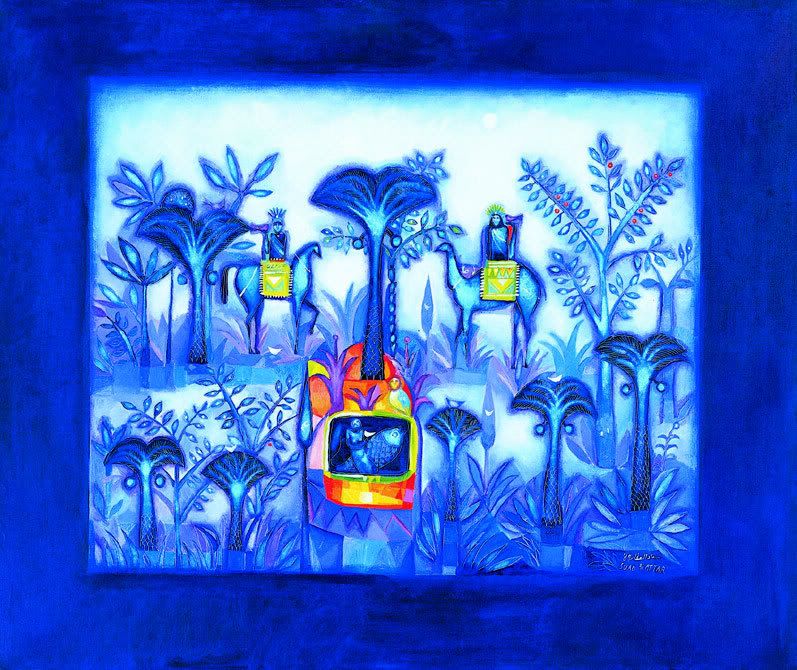

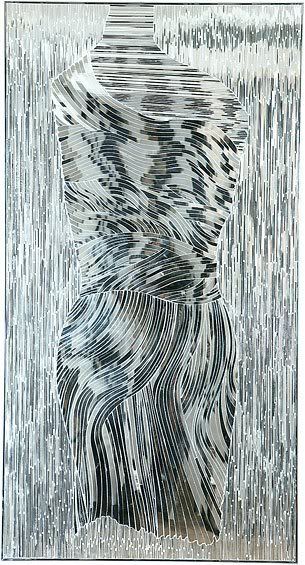
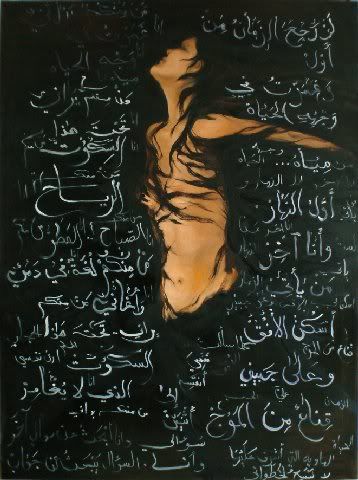
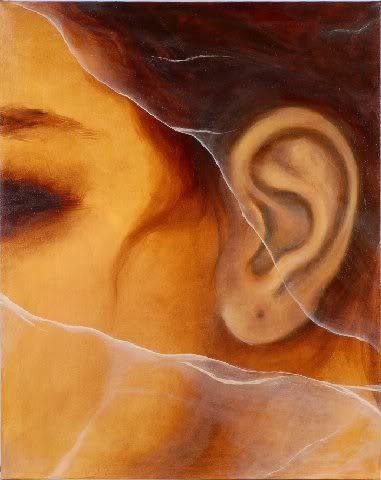
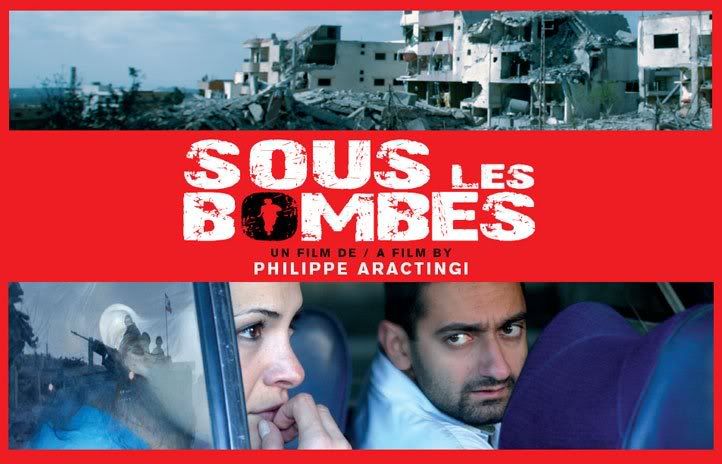
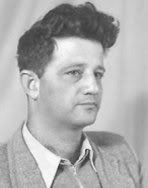
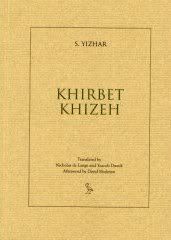
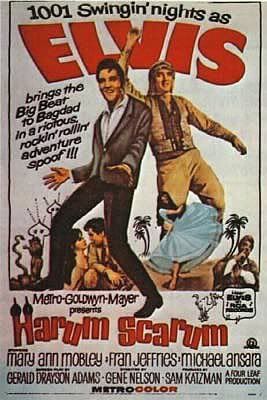
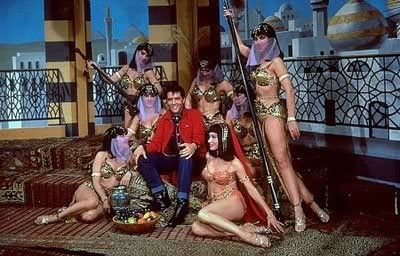
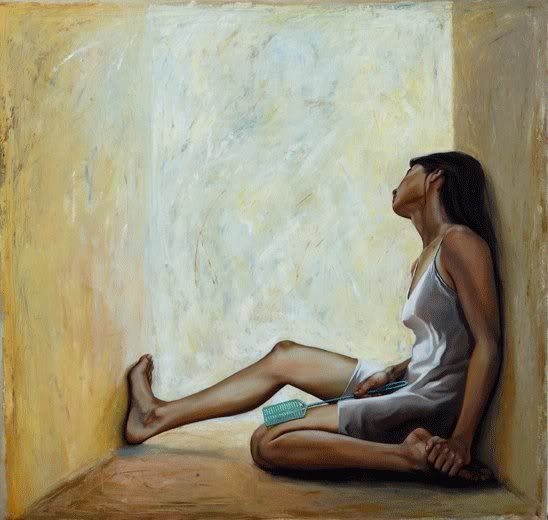

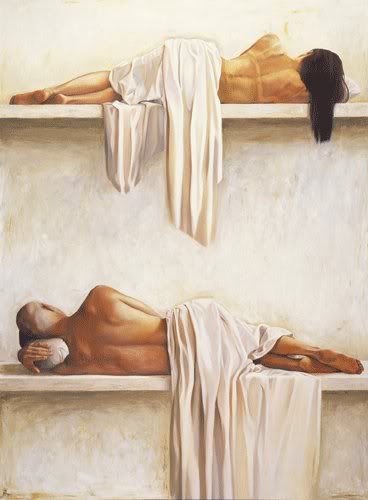






![Nox Magazine [Amman]: Top 10 Arab Rappers](http://i195.photobucket.com/albums/z291/johnlknight/NoxMagazine.jpg)



